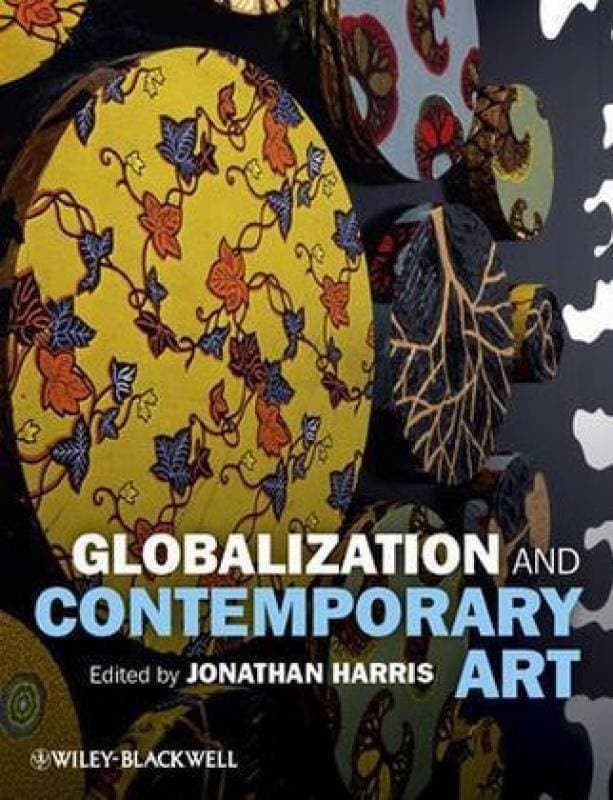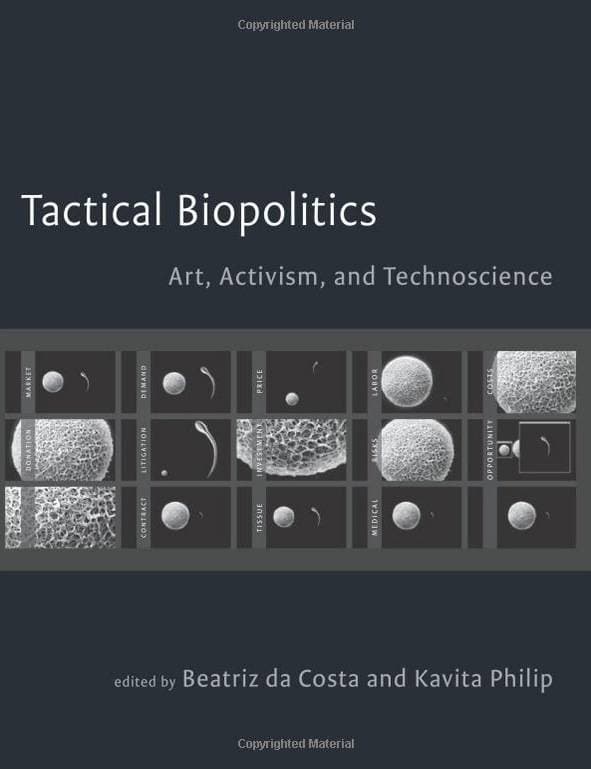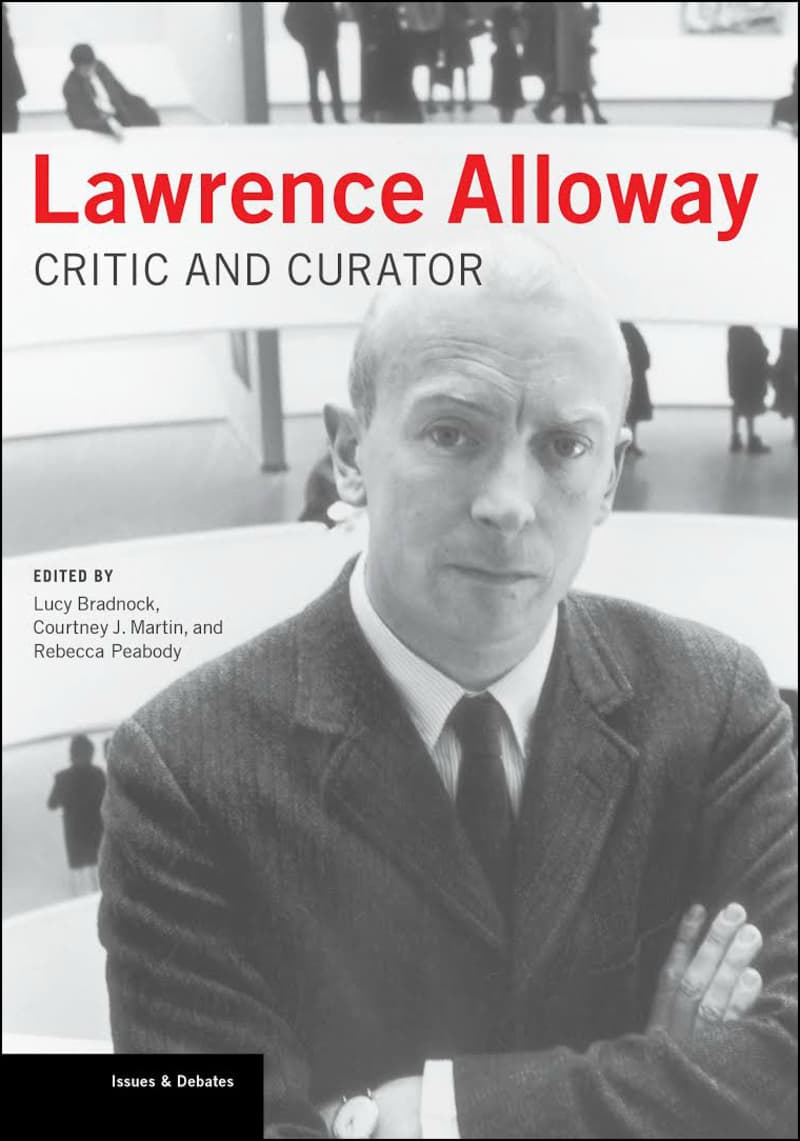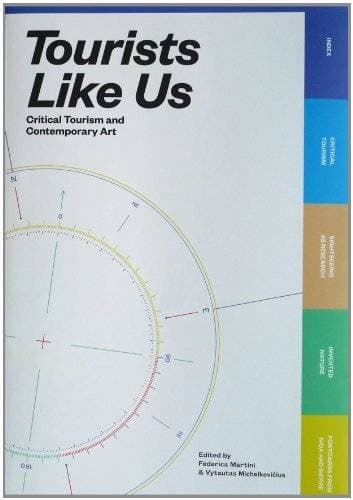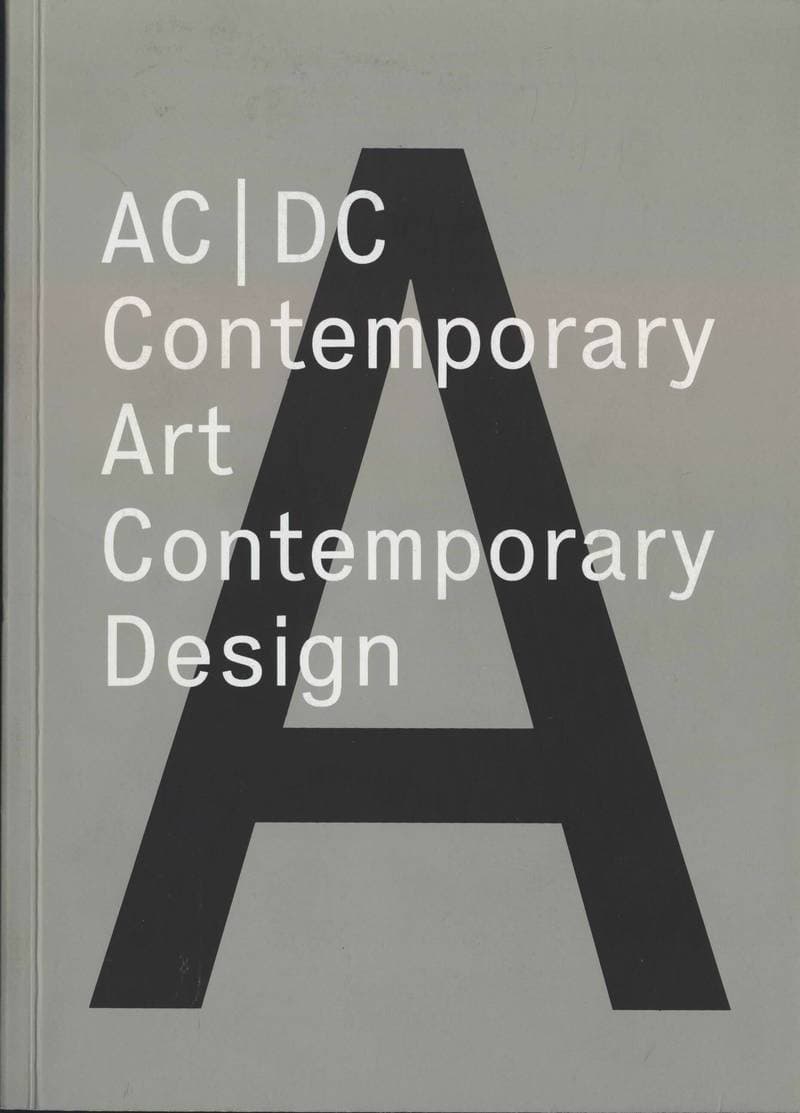Systems
In the late 1950s, experiments such as the cybernetic sculptures of Nicolas Schoffer or the programmatic music compositions of John Cage and Iannis Xenakis transposed systems theory from the sciences to the arts. By the 1960s, artists as diverse as Roy Ascott, Hans Haacke, Robert Morris, Sonia Sheridan, and Stephen Willats were breaking with accepted aesthetics to embrace open systems that emphasized organism over mechanism, dynamic processes of interaction among elements, and the observer's role as an inextricable part of the system. Jack Burnham's 1968 Artforum essay “Systems Aesthetics” and his 1970 “Software” exhibition marked the high point of systems-based art until its resurgence in the changed conditions of the twenty-first century. Systems traces this radical shift in aesthetics from its roots in mid twentieth-century general systems theory, cybernetics, and artificial intelligence to the cutting-edge science of the present. The collected texts examine the connections between advanced technological systems, our bodies and minds; the relation of musical to spatial and architectural structures; and the ways in which systems-based art projects can create self-generating entities and networks, alter our experience of time, change the configurations of social relations, cross cultural borders, and interact with threatened ecosystems.
Details
Applied art and design, Science art, Architecture, Aesthetics
Sommerer Christa (Article author), Maturana Humberto (Article author), Mohr Manfred (Article author), Bourdieu Pierre (Article author), Lobsinger Mary Louise (Article author), Xenakis Iannis (Article author), Prior Nick (Article author), Vasulka Woody (Article author), Capra Fritjof (Article author), Meadows Donella H. (Article author), Katti Christian (Article author), Shanken Edward A. (Article author), Wiener Norbert (Article author), Mitchell William J. (Article author), Paik Nam June (Article author), Willats Stephen (Article author), Whitelaw Mitchell (Article author), Gillette Frank (Article author), Rinaldo Ken (Article author), Latour Bruno (Article author), Weaver Warren (Article author), Bateson Gregory (Article author), Haque Usman (Article author), Luhmann Niklas (Article author), Halsall Francis (Article author), Patterson Zabet (Article author), Pask Gordon (Article author), Weinstock Michael (Article author), Varela Francisco (Article author), Haacke Hans (Article author), Groys Boris (Article author), Burnham Jack (Article author), Eno Brian (Article author), Ascott Roy (Article author), Bogart Benjamin (Article author)
London
2015
240 pages
9780854882342
Open stacks
No
Yes
701.1 Sha
1
- Globalization and Contemporary Art2011
- Tactical Biopolitics. Art, Activism, and Technoscience2008
- Против всех П.2001
- Lawrence Alloway: Critic and Curator2015
- Monumentalism: History, National Identity and Contemporary Art/ Monumentalisme: geschiedenis, nationale identiteit en hedendaagse kunst2010
- The Routledge Companion to Art and Politics2015
- The need to document2005
- Tourists like us. Critical Tourism and Contemporary Art2013
- Произведение искусства как документ эпохи. Время, язык, образ. Часть 12014
- Пространство ВХУТЕМАС: Наследие. Традиции. Новации.2010
- AC/DC: Contemporary Art/Contemporary Design2008
- The Encyclopedia of Fictional Artists2011

